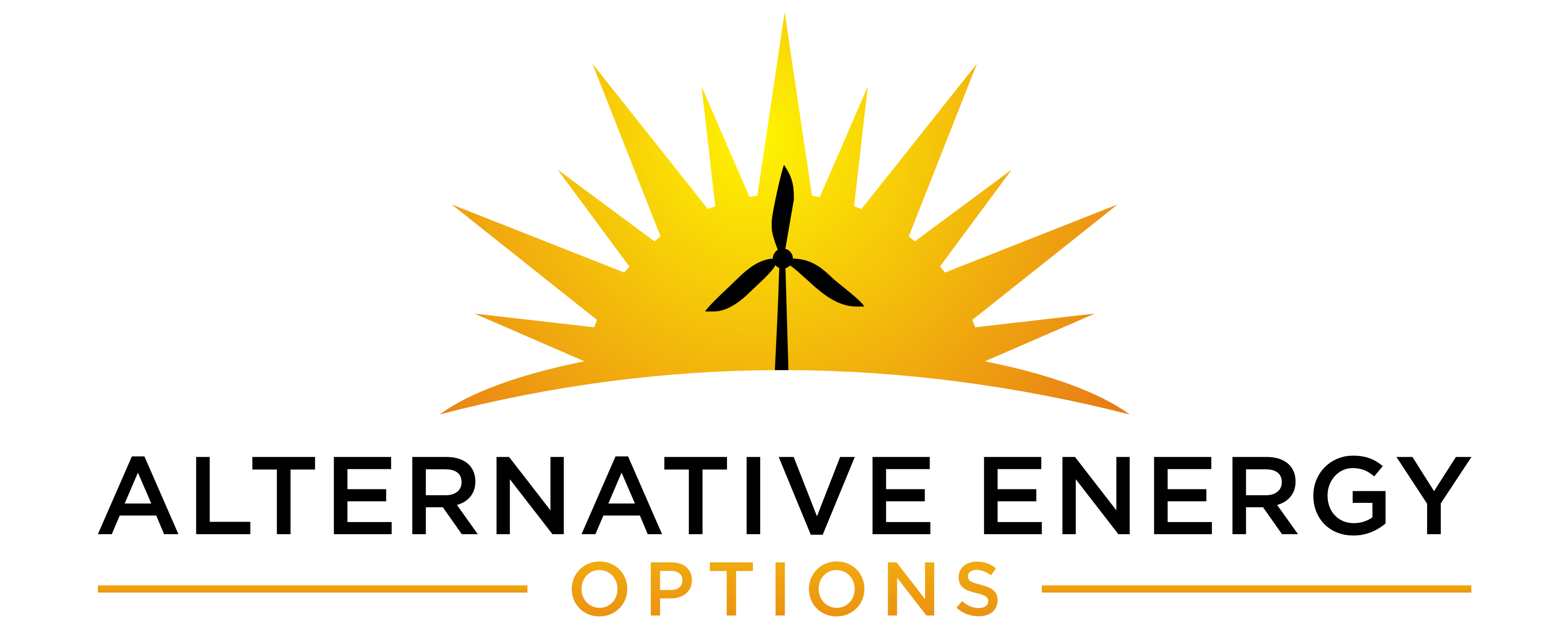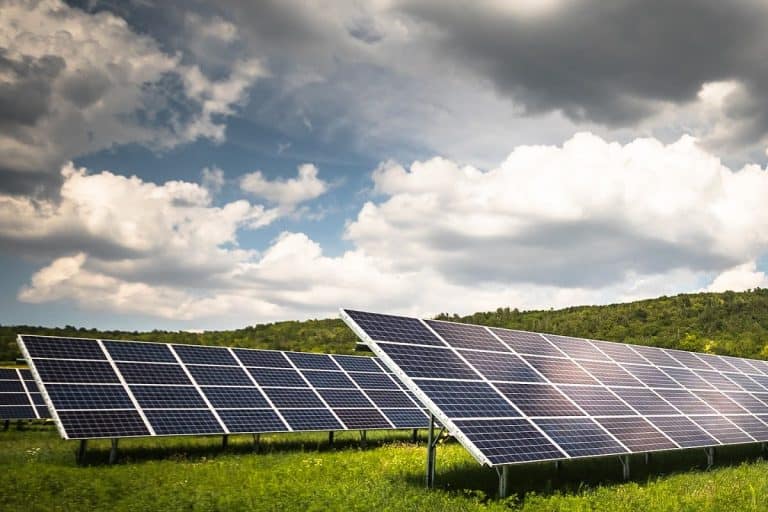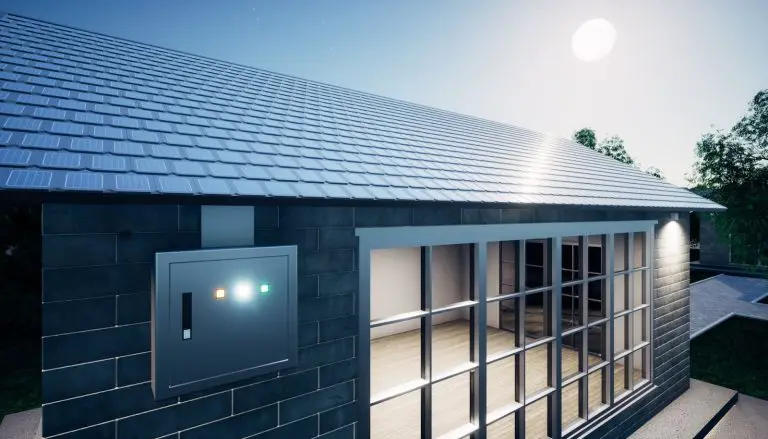How Long Will a 200W Solar Panel Take to Charge a Battery?
Solar panels are a great way of recharging devices in an environmentally friendly and sustainable way. A 200-watt solar panel can be used to recharge a range of devices, from car batteries to battery packs and mobile phones, and offers a clean alternative to using power from the main grid.
A 200-watt solar panel that can produce 1 amp of current takes between 5 and 8 hours to charge a 12-volt car battery fully. The solar panel must be kept oriented perpendicular to the sunlight as the solar panel position plays a vital role in the efficacy of charging and can impact a panel’s charging rate.
A solar panel can put out more energy than a battery can handle on very sunny days, damaging the battery. Read on to discover more about charging a battery with a solar panel, how long solar panels take to charge a battery fully, and other equipment needed when charging a battery with a solar panel.
How Much Power Does a 200W Solar Panel Produce?
A 200-watt solar panel typically produces 200 watts of power, but this depends on several factors, including the geographic location of the panel, the season (amount of sunlight available), shading, the angle of the panel, the type of solar panel, and the cleanliness of the solar panel.
If the solar panel is placed in full sun at the correct angle for around six hours, the panel can produce about 840 watts of power. If more power is required, several 200-watt solar panels can be placed together in series.
A 200-watt solar panel can charge a battery or a battery bank that can be used to run several appliances like a laptop (45W) for 22 hours, a coffee maker (1000W) for one hour, a microwave oven (625W) for 90 minutes, and a light bulb for an hour.
Keep in mind that when using a battery bank to run appliances, you will need a power inverter to convert from 12-volt DC power to AC. It isn’t recommended to run appliances directly off the solar panel as overcharge from the panel can cause damage.
200W Panel vs. 100W Panel Charge Time
A standard 200W solar panel measures between 65 and 77 inches long and 39 inches wide in size, and one panel can be used to charge a 12-volt 100-watt battery. To draw the most effective charge, the panel must be placed directly in the sun with no obstacles blocking the light.
A 200-watt solar panel that produces 1 amp of current takes between 5 and 8 hours to fully charge a 12-volt car battery. A 100-watt solar panel will take double this amount of time to charge a battery — between 10 and 16 hours.
A standard 12-volt battery is designed to receive a charge at around 12 volts, which equates to 1200 watt-hours. If the battery receives a higher charge than 12 volts, it will start producing hydrogen and oxygen and gassing. If this gassing continues, the battery will eventually be destroyed.
To ensure the battery lives its full life, never discharge the battery below 50% of its capacity, which is 600 watt-hours. To fully charge the battery, roughly 1000 watt-hours (1 KWh) are needed to cater to a loss of 40% of the energy to wiring, the battery charge controller, and as entropy (heat) the battery.
The solar panel needs to be placed at an angle to the sun to ensure that it captures the most photovoltaic cells from the sunlight to convert into usable alternating current (AC). If the panel is laid flat, it will take longer to charge the battery.
When a solar panel receives direct sunlight, it can charge faster, while cloudy days slow charging cycles down. A solar tracker is a good piece of equipment to have when charging a battery with a solar panel. It automatically tracks sunlight and adjusts a solar panel to maximize a system’s charging efficiency.
The Main Stages of Charging a Battery
The four main stages involved in the process of charging batteries using solar energy are the bulk phase, absorb stage, float stage, and equalization stage.
The Bulk Phase
The bulk phase is the primary stage of charging and occurs when the solar panel draws energy from the sun and converts it into alternating current (AC). This energy is transferred to the battery, which reaches a low-charge stage, usually anywhere below three-quarters, or 75%, full.
During the bulk phase, the solar panel converts as much energy as possible and transfers it into the cell in the form of amperage. The voltage in the batteries begins to rise as a result of this transfer as they absorb the electricity.
The Absorb Stage
The second stage of battery charging with a solar panel is known as the absorb stage. This second stage of the process is achieved when the batteries reach a charge of between 14.4 to 14.8 volts or when the charge level of the battery is between 80 to 90% full.
When batteries reach a charge level of 80% or more, the absorb stage automatically stops as the number of amps entering the batteries has reached a certain level. This number can be pre-set on the charge controller to ensure the battery does not overcharge and get damaged.
The Float Stage
The third stage is known as the float stage and begins when the charge controller lowers the voltage to a specific pre-set value to avoid damaging the battery. When the battery has reached a charge level of 100%, the float stage is complete.
The Equalization Stage
The last stage of the battery charging process is known as the equalization stage and is a controlled overcharge stage that is done periodically.
Charging batteries using solar energy is slightly different from charging batteries using mains power because the energy drawn from the sun is not always consistent. Solar panels need full and direct sun to work at maximum efficiency and supply enough alternating current to fully charge a battery.
The equalization stage comes into effect when the solar panel has not created enough power from the sun to charge the battery fully.
Why You Need a Charge Controller
A charge controller is needed when using a solar panel to charge a battery to prevent the battery from receiving a charge that is too high. One end of the charge controller is connected to the battery and the other to the solar panel.
The charge controller monitors the battery’s voltage and helps regulate the voltage so that it doesn’t cross the safety limit and destroy the battery. The two main types of charge controllers are MPPT (Maximum Power Point Tracking) and PWM (Pulse Width Modulation).
Pulse-width modulation, also known as pulse-duration modulation, is a method of reducing the energy or power produced by a solar panel by dividing it into discrete parts. PWM charge controllers use energy pulses to charge the battery, and they monitor the power in the battery to ensure it isn’t overcharged.
Maximum Power Point Tracking (MPPT), also known as Power Point Tracking (PPT), is another technique that is used in photovoltaic (PV) solar systems to maximize power extraction under all conditions (source).
Both charge controllers regulate the maximum voltage that the solar panel can send to the battery; however, an MPPT charge controller is up to a third more effective at storing energy. MPPT controllers are also better at transferring energy than PWM charge controllers.
Maximum Power Point Tracking charge controllers can also be used with several solar panels, while Pulse Width Modulation charge controllers cannot (source). It is also essential to ensure that a fuse is present between the charge controller and the battery to protect both the battery and the system as a whole.
Best Charge Controller for a 200W Solar Panel
The best type of charge controller for recharging a battery with a 200-watt solar panel is a Maximum Power Point Tracking (MPPT) charge controller. This is the second of two main types of charge controllers, the other being the previously mentioned pulse-width modulation (PWM).
Both PWM and MPPT charge controllers regulate the maximum voltage that the solar panel can send to the battery; however, an MPPT charge controller is up to a third more effective at storing energy. MPPT controllers are also better at transferring energy than PWM charge controllers.
Maximum Power Point Tracking charge controllers can also be used with several solar panels, while Pulse Width Modulation charge controllers cannot.
Calculating Charge Controller Size for a 200W Panel
When charging a battery with a 200-watt solar panel, it is very important to calculate the number of amps that your charge controller needs to handle to safely charge the battery.
To do this, divide the solar watt rating by the voltage of your battery. The voltage is usually listed on the battery itself. You can then divide this number into the wattage that was listed on the back of your solar panel.
For example, if the solar panel is 200-watt and you want to charge a 12-volt battery, you would divide 200 by 12 to get 16.6 amps. Charge controllers are usually rated in multiples of 30 amps, so you’d get a charge controller rated for 30 amps (source).
Final Thoughts
Using solar panels and the power of the sun to recharge a battery or a battery bank is an eco-friendly and efficient way of using natural energy.
The size of the solar panels and the battery will influence the time it takes to fully recharge the battery, and a 200-watt solar panel will take between 5 and 8 hours to fully charge a 12-volt car battery.
While this may be slightly slower than using power from a mains supply, it is far more sustainable and environmentally ethical to use renewable power resources.







